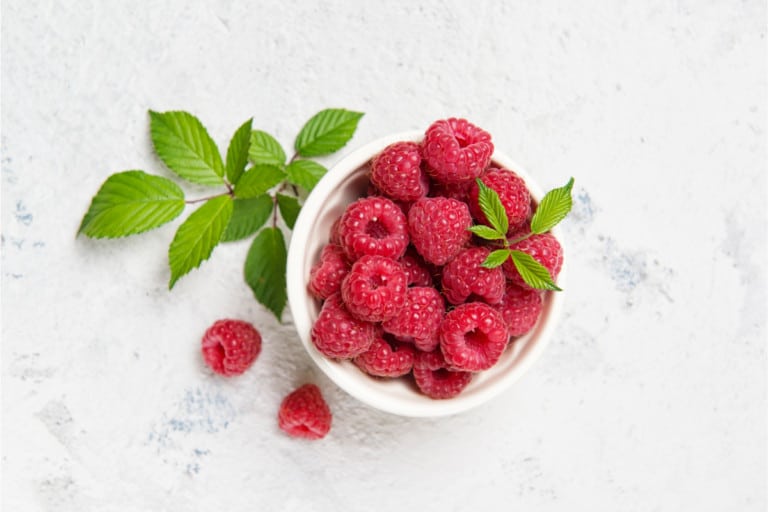Great Oils for Salads, Spreads, Grilling, Baking, and Frying
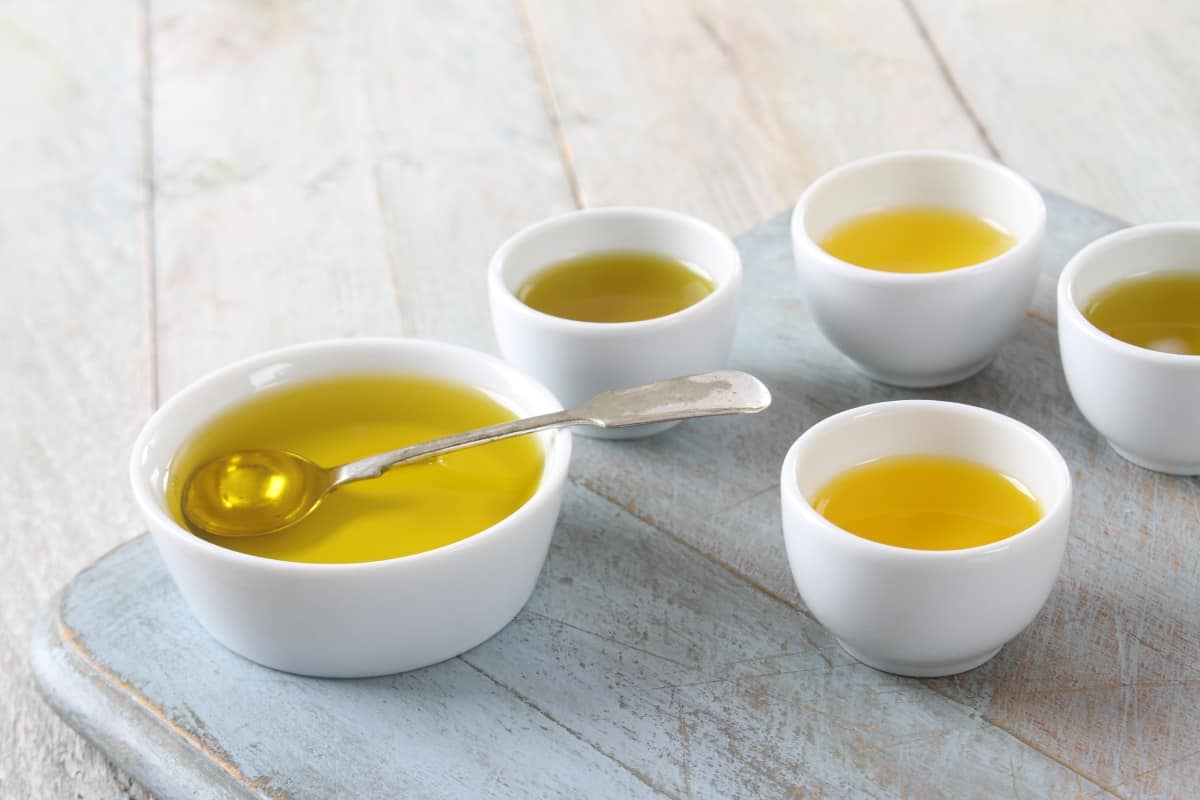
From extra virgin olive oil to coconut oil and more, there are hundreds of cooking oils and oils for salads to choose from!
Here are some uses and health benefits that can help you find your favorite oil and tips on which ones to use more sparingly.
Whether you want a healthy salad or deep-fried doughnuts cooked in lard from animal fat, there’s a tasting or cooking oil for everything!
But it can be difficult to navigate through all of the options, and so many nutritionists offer different opinions, too! So we went through and answered many of the most common oil-based questions to help give you a boost in the kitchen.
Jump to RecipeWhich Fat to Fry?
When it comes to frying, you need an oil that can withstand the heat. While many people shy away from monosaturated fat or saturated fat, these are perfect for usually frying. Look for oils with low water content so that the fat does not splash.
Not all fats and oils survive the high heat during grilling or deep-frying without being damaged. And that can be 180 – 260 degrees or even more. The right kinds of fats must have a high smoke point, i.e., they only decompose at very high temperatures.
The more saturated and monounsaturated fatty acids that fat contains, the higher its smoke point. Fats with a high proportion of polyunsaturated fatty acids, such as healthy flaxseed oil, are completely unsuitable for high temperatures due to their composition. Olive oil consists of about 75% oil acid, a monounsaturated fat. So it’s relatively heat-stable and suitable for grilling. Canola oil and peanut oil also work well. Solid saturated fats such as clarified butter (ghee), palm oil, coconut oil, hardened canola oil, sunflower oil, or soybean oil also work well for high-temperature cooking.
As tempting as it might be, don’t use reduced-fat butter or margarine for frying! Instead, use monosaturated fats or other saturated fats, like conventional butter and margarine, peanut oil, sesame oil, and solid fats such as coconut fat, lard, or tallow. Plant-based vegetable oils are lighter from a health point of view and are vegetarian. They contain no cholesterol and, in most cases, have a more favorable fatty acid composition than saturated animal fats. Different vegetable oils work well for different dishes. Olive oils, for example, are great for Mediterranean dishes. Refined oils such as canola oil or coconut oil, which have a neutral taste, are better for sweet dishes such as pancakes.
Which Oils Are Good for Salads?
Cold-pressed native oils, like extra virgin olive oil, are a good dressing choice for cold dishes such as salads. They have been carefully produced and contain important vitamins. Cold-pressed refined vegetable oils retain their typical taste, adding a delightful flavor dimension to your food. Depending on the salad, you can mix it up and give the salad dressing a special taste with avocado oil or use sesame oil to bring out specific flavor notes. For example, a shredded carrot salad pairs well with a lemon dijon vinaigrette made using Dijon mustard and extra virgin olive oil.
Try one of several cold-pressed nut oils available: walnut oil, pistachio oil, hazelnut oil, various olive oils, pumpkin seed oil, grape seed oil, flaxseed oil, corn oil, sesame seeds oil, and more. If you want a more robust flavor, you could combine nut butter or tahini to your dressing. Steamed vegetable salads are another healthy alternative and can be topped with olive oil. Be creative with these oils to bring unique flavors to your salads!
This vinaigrette is one of our favorites to drizzle over a salad!
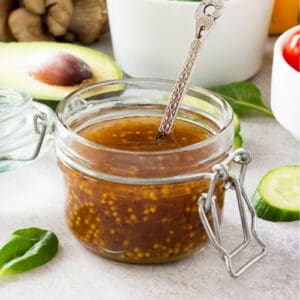
Surprisingly Simple Vinaigrette
Ingredients
- 1/2 cup extra-virgin olive oil
- 3 tbsp balsamic vinegar
- 1 tbsp dijon mustard
- 1 tbsp honey
- 2 cloves minced garlic
- 1/4 tsp sea salt to taste
- 1/4 tsp ground black pepper taste
Instructions
Surprisingly Simple Vinaigrette
- In a bowl, combine all of the ingredients. Stir well with a whisk or a fork until the ingredients are completely combined.
- Serve immediately, or cover and refrigerate up to 10 days for future use.
Nutrition

What Are the Right Oils for Grilling?
There are so many great options for grilling delicious food! A little fat can add an extra oomph to your seafood, meat, or vegetable dishes. One of my favorite recipes to grill is “The Best Chicken You Will Ever Eat. Ever.” from Mel Joulwan. Most of the flavor comes from brining your chicken in advance, but you finish it off with some coconut oil based seasonings. Olive oil could work well here, too.
Brush your grilled shrimp with a little olive oil and garlic for a simple and delicious meal that you can grill really quickly. You can add a flavor punch to grilled peaches with a bit of canola oil or butter. Or perhaps you’d prefer a robust kick of richness to red meats with a little butter.
Choose an oil with a relatively high smoke point, such as vegetable oil, canola oil, rice bran oil, rapeseed oil, or grapeseed oil. Or, try a blend of extra virgin olive oil and avocado oils with a touch of sunflower oil.
What’s Better: Vegetable or Canola Oil?
A hot topic of debate in the cooking oil world is canola vs vegetable oil. Which one reigns supreme? The key distinction between the two oils is the amount of saturated fat. Canola oil has a greater monounsaturated fat to saturated fat ratio and is devoid of trans fats, making it better for your heart.
In terms of tablespoons, canola oil has just 1 gram of saturated fat per tablespoon, compared to 2 grams in vegetable oil. Regarding how the oils cook (for example, vegetable vs canola oil baking), the oils can be used interchangeably. When it comes to the similar topic of corn vs canola oil, canola oil is also a healthier choice, as it’s lower in saturated fat and in omega-6 fatty acids, which promote inflammation.
There is technically no such thing as a canola plant. The name canola comes from the original name: Canada oil. This is because Canadian scientists created a unique rapeseed plant to make canola oil. Some people are uncomfortable with the fact that many rapeseed plants are genetically modified to withstand herbicides and that oil extraction is accomplished using synthetic chemicals. So if you’re looking for healthier ways to substitute canola oil, use olive oil, avocado oil, or coconut oil.
What Are the Best Oils for Baking?
It all depends on what you’re making! Each type of dough might need a different type of fat, but you can often interchange them for equally brilliant results.
For cakes or muffins, many recipes recommend monosaturated fats, like refined canola oil or another neutral-flavor vegetable oil. In some cases, you could swap them out with butter for a richer flavor.
However, the fat needs a firmer consistency with other doughs, such as shortcrust pastry, brownie, or cookie dough. In this case, butter or margarine would be better.
If you’re making a simple yeast dough, you might not even need to add cooking oil since it just requires flour, water, yeast, and salt. Of course, since some people find that dough to be a little tough, a dash of high-quality extra-virgin olive oil, if you’re making pizza, for example, can help you roll the dough out more effectively. Bonus: the bottom does not crack and will form a soft crust.
Note: If you use prescription CBD, you can also use CBD oil in baking! However, be sure to use the oil when baking recipes that require lower temperatures, 350°F or less (like the Polish Kołaczkis). This is because CBD can lose its health benefits if cooked at a hotter temperature.
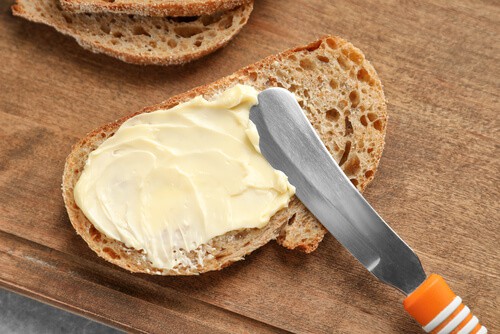
Should You Use Butter or Margarine on Bread?
The dispute as to which spreadable fat is the healthier product on bread and popcorn continues to rage on. Butter and margarine differ in their composition and their taste. Butter naturally contains a low proportion of trans fatty acids and cholesterol. On the other hand, margarine is often made from vegetable oils and contains more unsaturated fatty acids, but it is not a natural fat. It’s also a good alternative for those who have problems processing dairy.
Those who cannot decide can also use mixed fats (e.g., butter and canola oil) as an alternative. They offer the full butter taste and the benefits of vegetable oils. But if you’re relatively healthy and only consume a few spreadable fats, just eat whichever fat tastes better! In my house, Kerrygold Irish butter reigns supreme.
Is Coconut Oil as Good as Its Reputation?
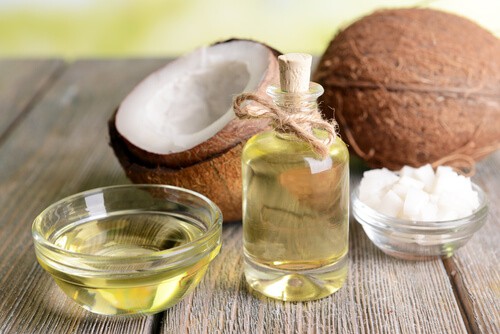
There are some amazing claims about coconut oil! Some say it has positive effects on the cardiovascular system, metabolism, and cholesterol levels. Other advocates claim it can even help you lose weight when cooking. So, does it live up to the hype?
The proponents promise too much at this point because coconut oil contains about 90 percent saturated fatty acids. While it’s true that coconut oil can help raise levels of good cholesterol, if you’re looking for the “healthiest” oil, most nutritionists would recommend extra-virgin olive oil.
Of course, when you’re cooking at high heat, coconut oil’s smoke point is higher than many unsaturated fats. That makes it perfect for frying and roasting, as it does not develop any dangerous trans fats.
Start Cooking With Oils!
Overall, there is a broad spectrum of cooking oils! Which is your all-around favorite oil to use in the kitchen? Or do you have many oils to bring variety into your dishes? Let us know on social #getfamilyapp! And Bon Appetit!
